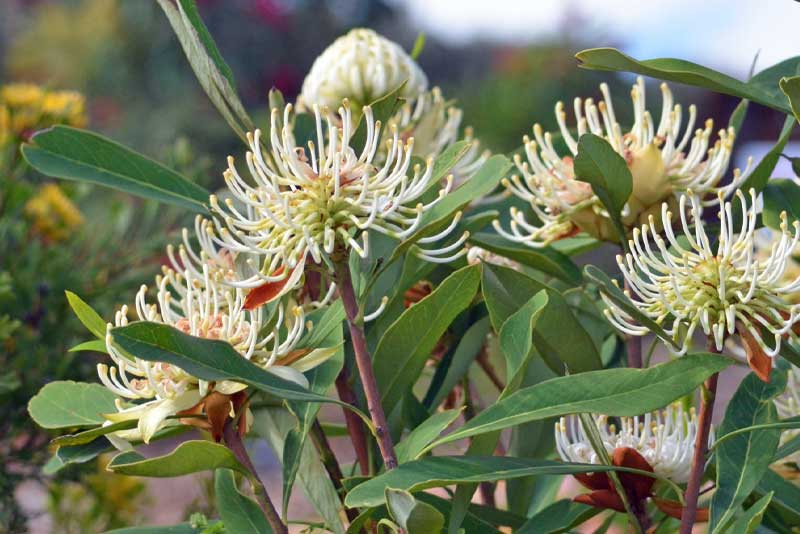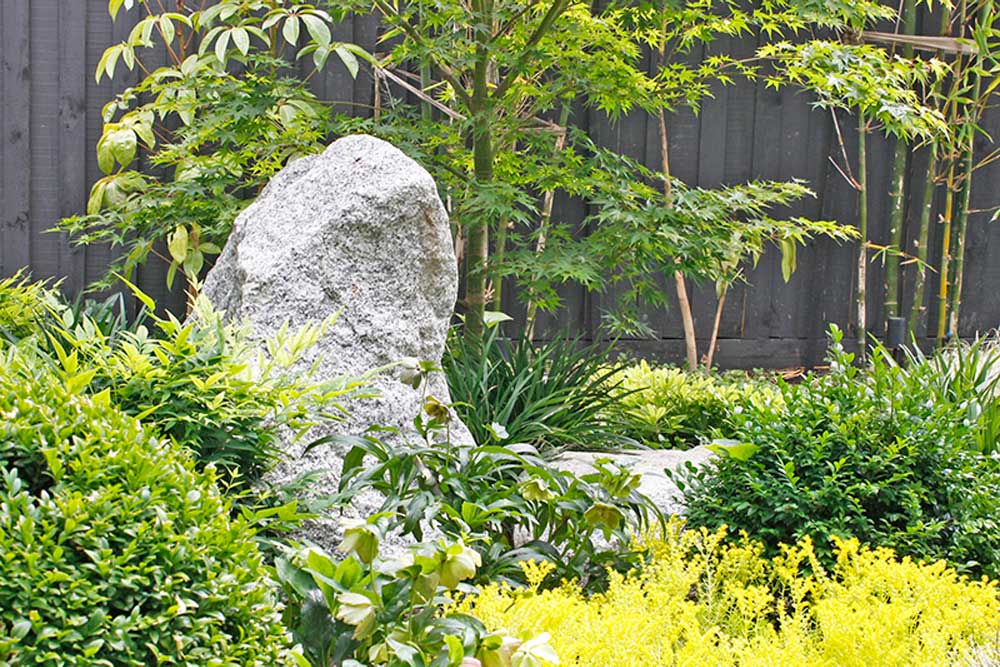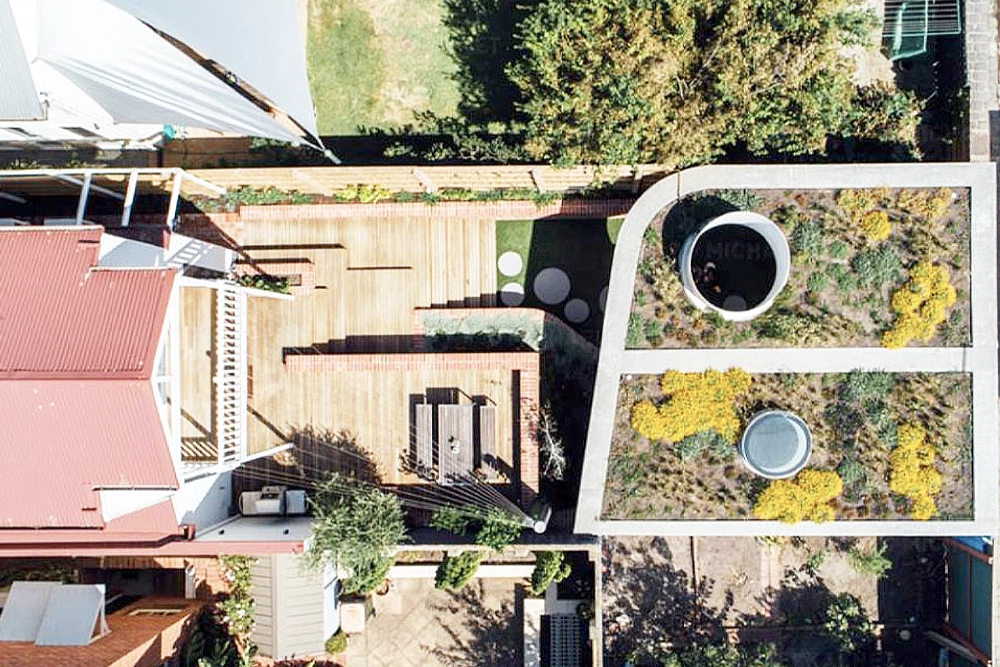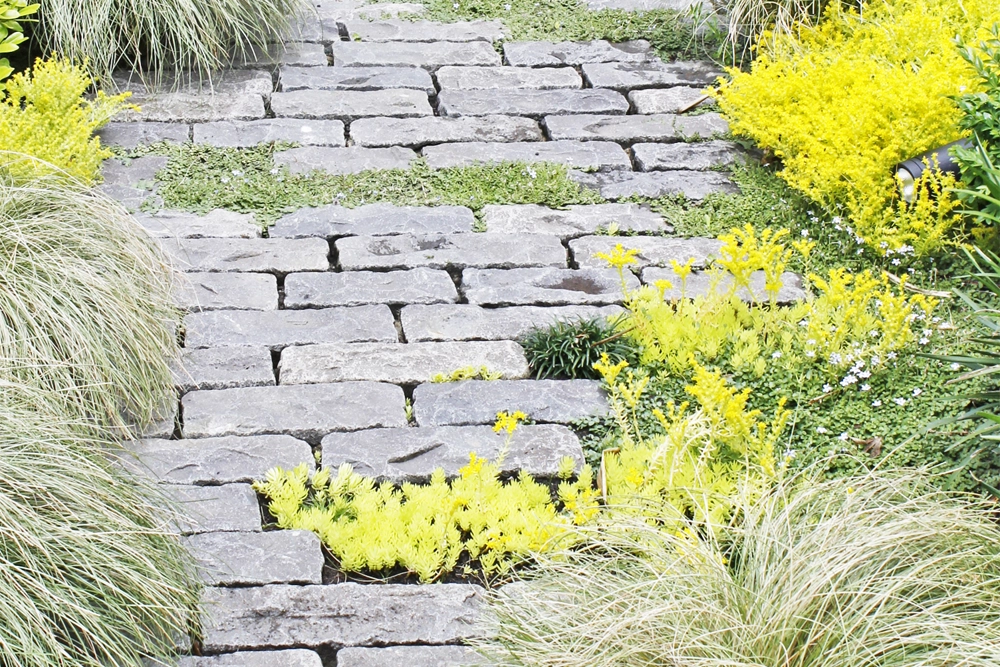Creating a garden with Australian native plants offers a range of benefits. With over 24,000 species across the country, these plants are highly versatile and well-adapted to local conditions. Known for their resilience and drought tolerance, they need minimal care and maintenance. Native plants also provide essential food and shelter for various local wildlife, while their stunning flowers attract bees, birds and butterflies.
If you are wondering where to start or what plants to choose, this guide will take you through the essential steps to successfully establish your own Australian native garden, ensuring a thriving and sustainable landscape.
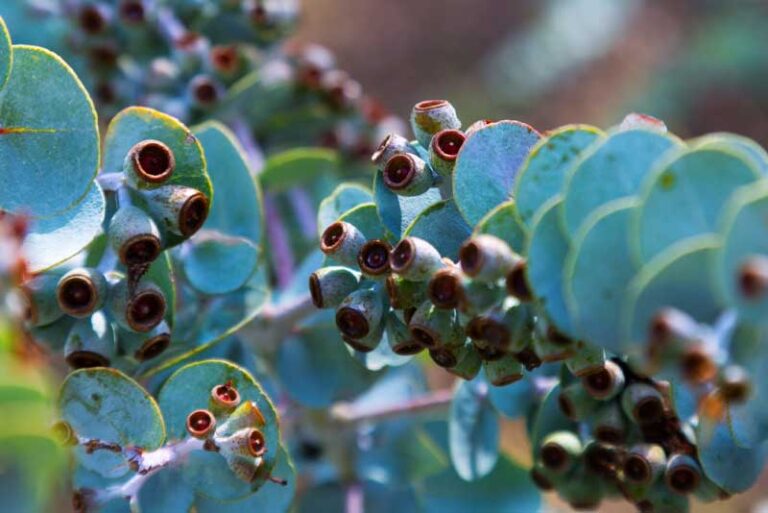
Step One: Have a Plan.
Before heading to the nursery, measure your garden beds. Proper planning is crucial for arranging plants effectively. Follow the “rule of three”: space smaller plants 45cm to 60 cm apart and larger plants about 90 cm apart. This spacing ensures a balanced spread, allowing native plants to support each other and create a mini microclimate.
When selecting a spot for your garden bed, consider its aspect (the direction it faces), sunlight exposure (full sun or shaded by buildings or trees), and protection from the elements. Observing the area over a few days will give you a better understanding of how sunlight and weather conditions affect it.
Step Two: Prepare the Soil.
Australian native plants generally prefer well-drained soil. Many natives thrive in poor, sandy, or gravelly soils, which mimic their natural habitats. However, if your soil is heavy clay or too rich in organic matter, you may need to amend it to improve drainage. Here are some tips for preparing your soil:
- Test the soil: Determine the type and pH of your soil. Most natives prefer slightly acidic to neutral soil (pH 5.5 to 7.0). To test your soil pH level, use an at-home digital soil pH meter. For an accurate reading, take soil samples from just below the surface. If your soil has a pH value over 7.0, it indicates you have alkaline soil and may be low in nutrients like phosphorus, iron, and manganese. To fix this increase your soil acidity by adding compost, leaf matter or mulch.
- Improve drainage: If your soil is heavy (soil with high clay content), incorporate coarse sand or well-rotted compost to improve drainage.
- Mulch: Apply a layer of mulch to retain moisture and suppress weeds. Use natural mulches like stones, gravel and organics such as leaf litter or bush mulch.
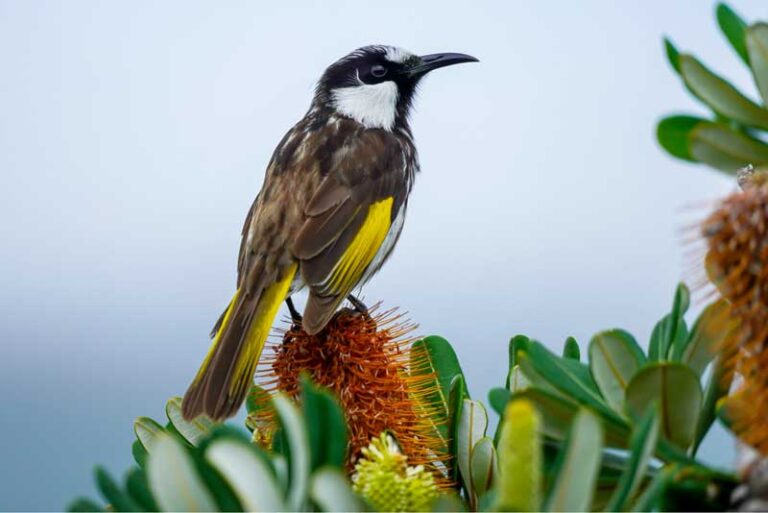
Step Three: What Plants to Select?
When selecting plants, consider your personal preferences, including the colours and types of flowers you enjoy, as well as the overall aesthetic you want for your garden. Choose plants that are well-suited to your local conditions. A useful resource is your local council nursery, where you can get recommendations on plants that thrive in your area. Opting for tube stock rather than established plants can be beneficial, as smaller plants generally adapt better to new environments and establish themselves more effectively.
Additionally, consider the following types of native plants:
- Ground Covers: Plants such as Brachyscome multifida (Rock Daisy), Kennedia prostrata (Running Postman) and Scaevola aemula (Purple Fanfare) are excellent choices for covering large areas. Not only do they create a lush, attractive ground layer, but they also play a crucial role in preventing soil erosion.
- Flowering Perennials: Veronica perfoliata (Digger’s Speedwell) , Chrysocephalum apiculatum (Yellow Buttons), Dampiera sp (Wedge-leaved Dampiera) and Orthrosanthus multiflorus (Morning Iris) and Anigozanthos ‘Big Red’ (Kangaroo Paws) provide a splash of colour and attract pollinators, making them a great addition to any garden.
- Grasses: Dichelachne crinita (Longhair Plume Grass), Austrostipa stipoides (Coastal Spear Grass) and Poa labillardierei (Tussock-grass) are excellent choices for adding texture and a natural aesthetic to your garden.
- Shrubs: Species such as Banksia spinulosa ‘Birthday Candles’ (Dwarf Hairpin Banksia), Philotheca myoporoides ‘Ruby Cascade’ (Wax Flower), Correa ‘Canberra Bells’ (Native Fuchsia) and Grevillea cultivars like ‘Billy Bonkers’ add structure to the garden while also providing valuable habitat for wildlife.
- Trees: Trees like Angophora hispida (Dwarf Apple), Corymbia ficifolia (Red-flowering Gum), Eucalyptus pulverulenta (Baby Blue) and Tristaniopsis laurina (Water Gum) provide valuable shade while attracting a variety of wildlife, enriching the ecosystem of your garden.
Please note: Australian native plants like Banksia, Grevillea and Hakea have evolved in nutrient-poor, arid soils with minimal organic matter and minerals. These plants are highly sensitive to phosphorus, so high-phosphate fertilisers commonly used in general gardening can harm them. To ensure their long-term health, choose a fertiliser specifically designed for native plants, with little or no phosphorus content.
Step Four: When to Plant?
Australian native plants thrive when planted during the cooler months, typically in autumn (March to May) and early spring (September to October). During these periods, milder temperatures and more consistent rainfall help plants develop strong root systems before the onset of summer heat or winter cold. Planting at these times enhances the likelihood of successful growth and minimises the need for additional watering.
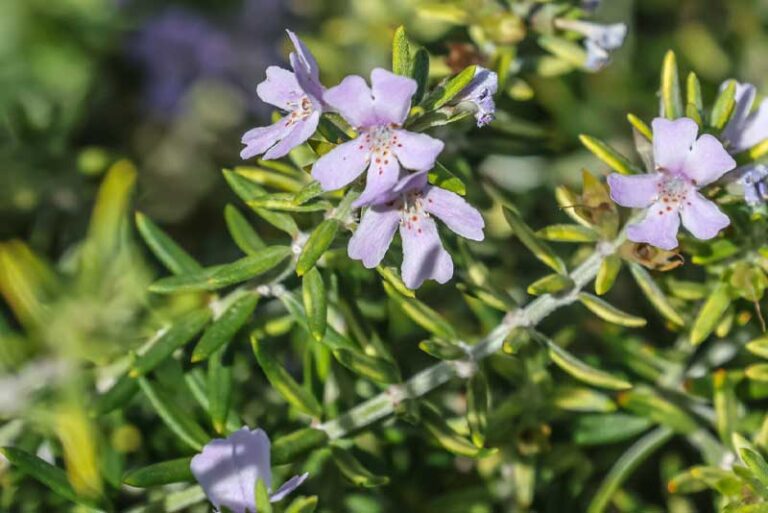
Step Five: How to Plant?
Once you have selected the species for your garden, the next step is to plant them correctly to ensure they thrive.
- Clear the area: Begin by removing weeds, grass, and debris from the planting site. This will prevent competition for nutrients and reduce the risk of pests and diseases.
- Plan the layout: Arrange your plants according to their size and growth habits. Use the “rule of three” for spacing: place smaller plants 45cm to 60 cm apart and larger plants about 90 cm apart. This arrangement ensures that each plant has enough space to grow and establish itself without overcrowding.
- Dig the hole: Dig a hole that is twice as wide as the root ball of the plant and the same depth. This allows the roots to spread out easily and establish a strong foundation.
- Prepare the plant: Gently remove the plant from its container and loosen any tightly bound roots. For bare-root plants, soak them in water for a few minutes before planting to promote healthy growth.
- Position the plant: Place the plant in the centre of the hole, ensuring it is level with the surrounding soil. The top of the root ball should be slightly above the soil level to accommodate settling.
- Back fill and water: Fill the hole with soil, gently firming it around the plant to eliminate air pockets. Water the plant thoroughly to help settle the soil and ensure good root-to-soil contact.
Step Six: Pruning and ongoing Maintenance.
Australian native plants are low-maintenance and generally require minimal ongoing care, but they still need attention to ensure they remain healthy.
Pruning: Light pruning helps maintain the shape of your native plants and encourages healthy growth. Remove dead or damaged branches and spent flowers to promote new blooms. Avoid heavy pruning, as it can stress the plants. Prune after flowering to avoid disrupting the plant’s natural growth cycle.
Pest and diseases: To keep your native garden healthy and looking good, regularly check for pests and diseases. Keep the area around the plants free from weeds that compete for nutrients and water. Ensure the mulch layer remains effective in retaining moisture and suppressing weeds.
Watering: Australian plants are generally drought-tolerant, but they still need adequate water during their establishment period. Water new plantings regularly until they are established, then reduce the frequency. It is best to water deeply and infrequently to encourage deep root growth. In established gardens, water during extended dry periods, but avoid overwatering as it can lead to root problems.
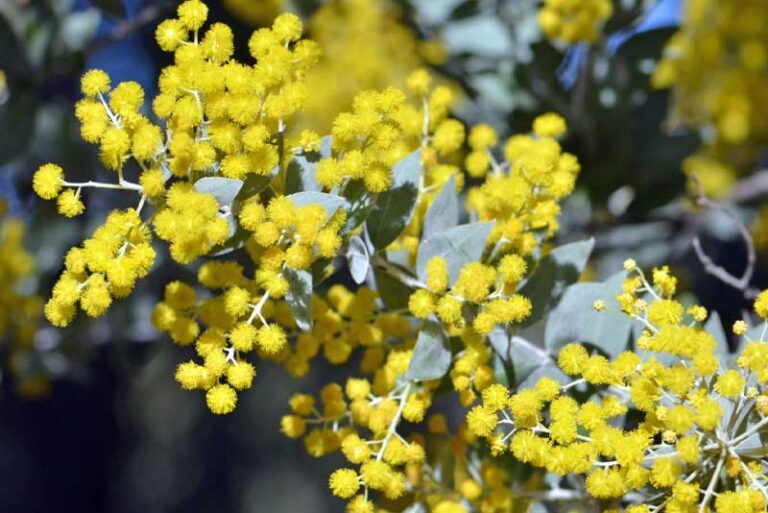
Creating an Australian native garden offers significant benefits. By following these steps—from planning and soil preparation to plant selection and ongoing care—you will be well on your way to cultivating a sustainable, low-maintenance garden that flourishes in local conditions.

